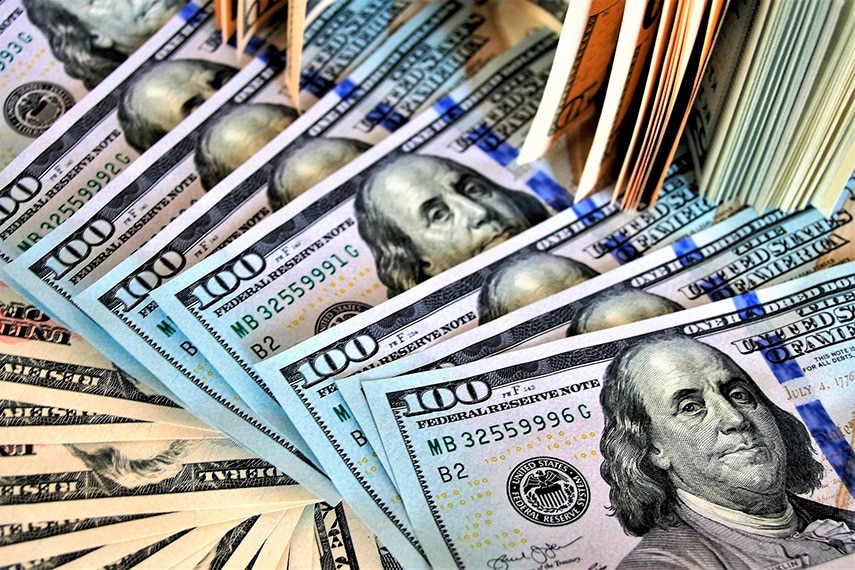Will the Fed Continue Cutting Interest Rates?
With the recent unease in financial markets, one question that has been on many people’s minds is: what will the Federal Reserve do with interest rates The Fed has paused its interest rate cuts...
Federal Reserve

For years, market analysts have wondered when the fourth round of quantitative easing (QE) would occur. We all remember QE1, QE2, and QE3, which mainstream economic analysts praise as having saved the financial system from ruin in 2008 and afterwards. But the trillions of dollars created during those bouts of easing have created an enormous bubble that will risk bringing the financial system down with it once it bursts. It was all but certain that the Federal Reserve would have its hand forced and have to step in with yet another round of QE once the bubble began to show signs of deflating.
It seems that that has started to happen already, as the Fed’s balance sheet has increased by almost $300 billion in just the past two-and-a-half months. That’s a nearly 8% increase from where it was at the end of August, which if annualized would set the Fed on a course for a record high balance sheet a year from now.
While the Fed’s balance sheet still is far below the roughly $4.5 trillion level at which it sat for nearly four years, there’s no denying that this latest burst of money creation is yet more quantitative easing. Fed Chairman Jay Powell may deny that this is QE, but rest assured, this is QE. When you look at the charts of the Fed’s total assets, you can clearly see when QE1, QE2, and QE3 occurred. The current spike is just the same as all the rest of them, which means the Fed is definitely underway with QE4.
The fact that the Fed is trying to deny that this is QE4 is even more evidence that this is QE. The negative reputation of QE is precisely why the Fed wants to try to downplay this latest easing, because it would belie all the positive talk about the economy’s health. Healthy economies don’t need massive multi-hundred billion dollar liquidity injections from the central bank in order to function. The fact that the Fed felt the need to create hundreds of billions of dollars out of thin air like this means that the economy is weakening and likely to get far worse in the near future.
Investors looking at this data need to understand how this will affect them. We still haven’t seen the stock market crash that most investors are expecting, but it will happen eventually. But more importantly, QE will spur gold to jump in price just as it did during and after the 2008 crisis.
Numerous investors flocked to the safety and security of gold in 2008 and subsequent years, causing it to more than double in price. If that were to happen again this time around, we could see gold smash through $2,000 and reach $3,000 an ounce or more.
Clearly the Fed thinks something is about to go wrong with the economy, otherwise it wouldn’t have started up QE4. Now’s the time for investors to see the writing on the wall and begin protecting their assets so that when the crash finally comes their retirement savings will be safe and secure. And there’s no better way to do that than by investing in gold.

